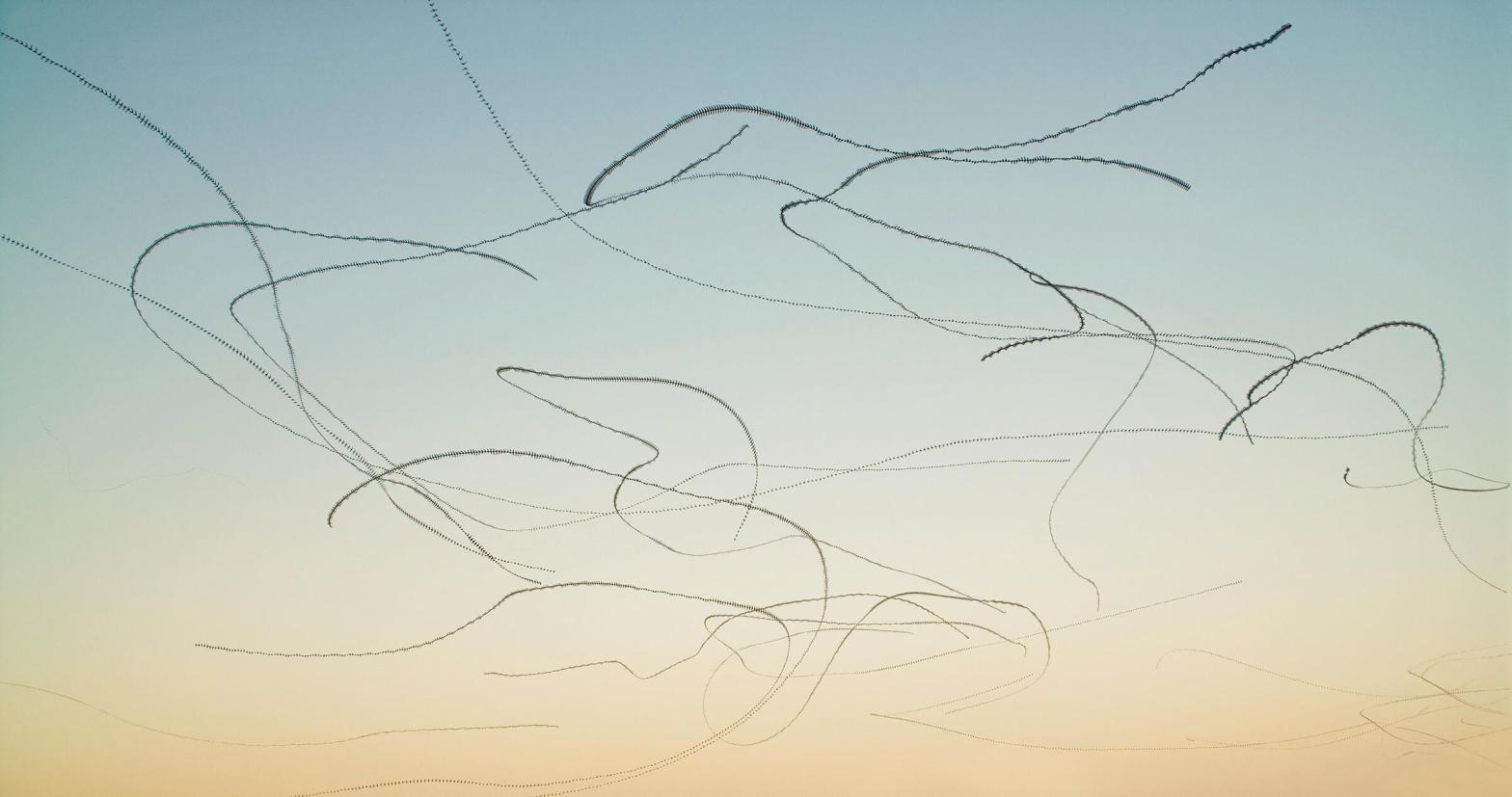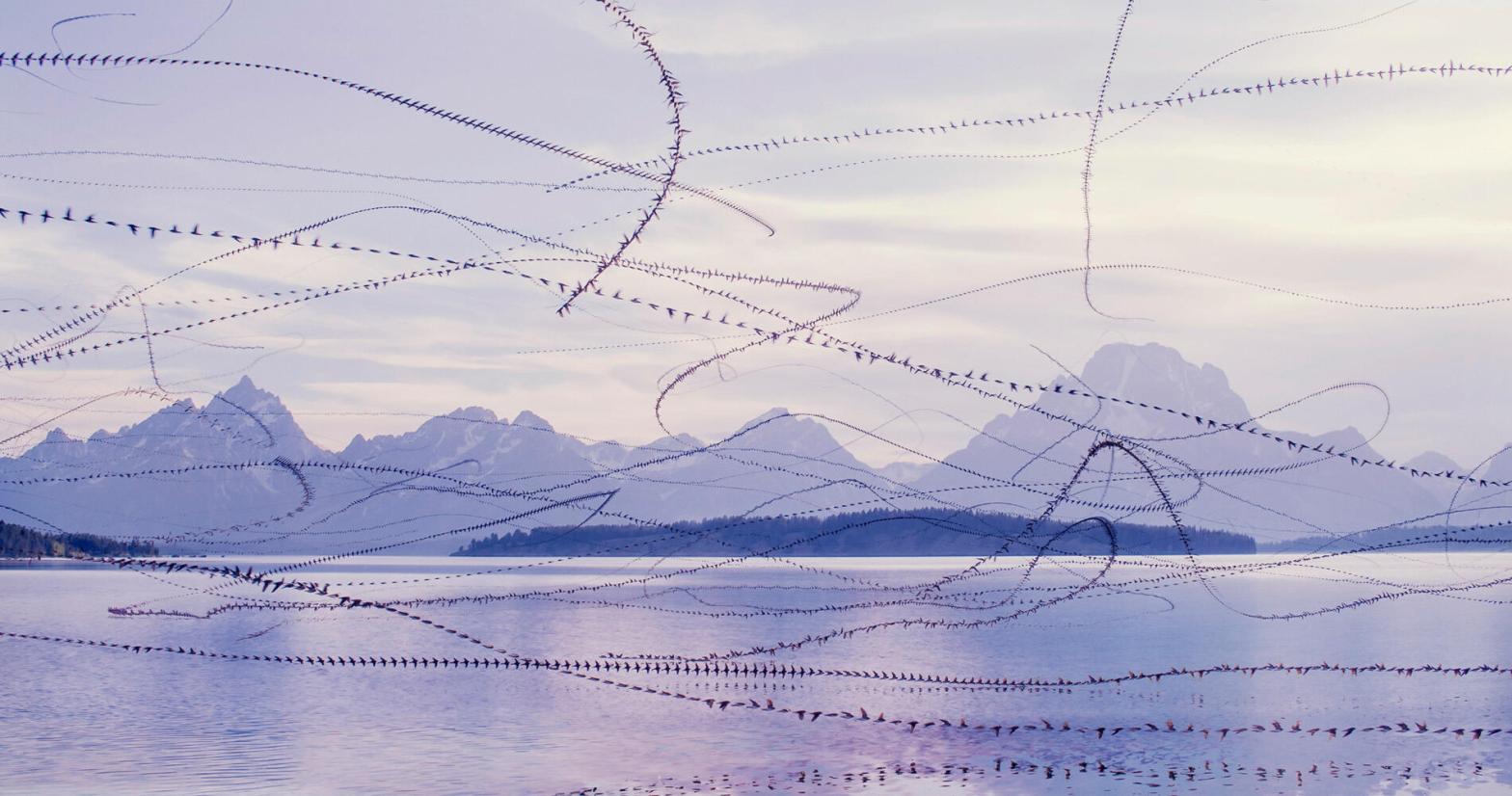This oil on panel painting of a Western Tanager crossing a rocky desert expanse began as a little bit of clay. Artist George Boorujy created this piece as part of series in which he puts himself in the position of future humans and imagines rituals they might enact in a climate-devastated world. He sculpts objects that could be part of these rites of survival and passage, then paints them into apocalyptic landscapes.
Tag Archives: birds
Audubon: The Foraged Wood Thrush
Like so many others, artist Jessica Maffia took refuge in nature in the earliest days of the pandemic. “I’d been thinking about our local nature for some years, but during quarantine, that’s all I wanted to do,” she says. “I wasn’t making art for a long time—I was just coming and getting to know who the more-than-human neighbors are.”
Although she took part in her first guided bird walk in 2016, it was only in the spring of 2020 that she began birding more seriously, taking classes on birdsong—Maffia can now identify more than two dozen birds by ear—and patch birding, revisiting the same place and learning its avian residents and visitors. Since then, Maffia has embraced Inwood Hill Park in uptown Manhattan as her patch. That’s where I reached her by video call in May, her face framed by trees, the birdsong in the background as clear as her voice. “I’m finding that my nature enthusiasm and art practice are very much merging,” Maffia says.
Audubon: Flying Gardens of Maybe
Artist Andrew S. Yang coaxes new life from seeds that bird-strike victims consumed, turning dead ends into second chances.
Audubon: How the Flights of Birds Inspired a Unique Elementary Education Program
Musicians, artists, and innovators learn from avian flight. A new learn-from-home concert and curriculum brings three together to teach children during challenging times.
Audubon: How Xavi Bou Makes His Mesmerizing Portraits of Birds in Flight
“I don’t want to show a bird flying,” says photographer Xavi Bou. “I want to show a flight.”
Although Bou has dedicated years of his life to photographing birds, someone encountering his work for the first time could be excused for having no idea what his subject is. In a project called Ornithographies, he creates mesmerizing images by taking many photographs per second and stitching up to 3,500 or more of them together. The results are beautifully abstract, capturing the energy of flight, whether in the chaotic squiggles that result when Alpine Swifts dive and swoop for insects, or the smooth, even undulations of a gull flying over the water. They may not be moving pictures—although Bou uses a cinema camera that takes 60 frames a second—but they have movement.


